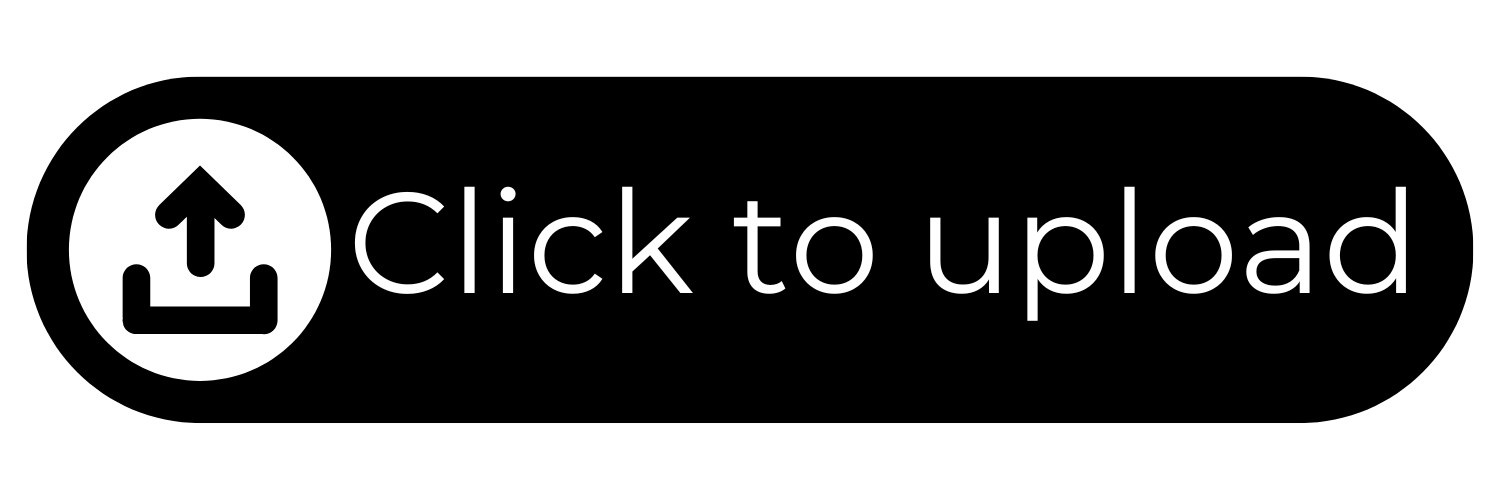How to Successfully Change Verticals Within the Insurance Industry
| September 2, 2025
How to Successfully Change Verticals Within the Insurance Industry
For experienced insurance professionals, a career change doesn’t always mean leaving the industry altogether. Often, the next step is moving into a new vertical—whether that’s broking, underwriting, claims, or a specialist niche. While the idea can be exciting, the process can also feel daunting if you’re unsure where to begin.
Here are some practical tips to help you successfully transition into a new vertical within the insurance industry.
1. Set Realistic Expectations
Shifting into a new vertical is not always a straightforward promotion. In some cases, it can be more of a sidestep and may even involve a temporary reduction in salary, as employers usually benchmark pay against specific experience in the role.
This isn’t always the case, but it’s wise to prepare yourself for the possibility. Think carefully about what you are willing to sacrifice in the short term in order to progress in the long term.
Tip: Research the role thoroughly, review salary benchmarks, and seek impartial advice from your network. The more informed you are, the better equipped you’ll be to make a confident decision.
2. Recognise the Benefits of Changing Verticals
A lateral move doesn’t have to be viewed as a setback. In fact, changing verticals can bring many professional advantages, including:
- Broader exposure to different aspects of insurance
- Access to more diverse career opportunities
- Experience in niche areas of expertise
- Enhanced adaptability and skill development
- The chance to uncover your true passion within insurance
- Expansion of your professional network
3. Focus on Your Transferable Skills
When moving into a new vertical, your transferable skills become your strongest asset. These include:
- Communication – building trust and rapport with clients and colleagues
- Adaptability – adjusting to new systems, processes, and challenges
- Collaboration – working effectively across teams and functions
Soft skills and strong relationships often carry as much weight as technical expertise. Draw on your market knowledge and client relationships to demonstrate the value you bring, regardless of vertical.
If you’ve had exposure to your target vertical—whether through projects, cross-functional work, or client interactions—highlight that experience to show your readiness for the transition.
4. Adopt the Right Mindset
A positive and open mindset is essential. Embrace feedback, be willing to learn, and remain adaptable. A change in direction can feel challenging at times, but it also represents an opportunity for growth and discovery.
5. Leverage Recruiter Support
You don’t have to navigate this change alone. Recruitment specialists can help set realistic expectations, showcase your transferable skills, and represent you to employers who value professionals with a fresh perspective.
The key is finding the right organisation—one with a supportive structure, strong onboarding, and a culture that will help you transition smoothly while giving you exposure to the vertical you’re pursuing.
Final Thoughts
Changing verticals within the insurance industry can feel like a big step, but with the right preparation and mindset, it can also be a rewarding one. It’s an opportunity to broaden your expertise, strengthen your adaptability, and expand your career prospects.
If you’re an insurance professional considering your next move, explore your options, leverage your network, and don’t be afraid to seek guidance along the way.
Looking to make your next move?
Whether you’re ready to explore new opportunities in insurance or simply want advice on how to position yourself for success, our team is here to help.

















